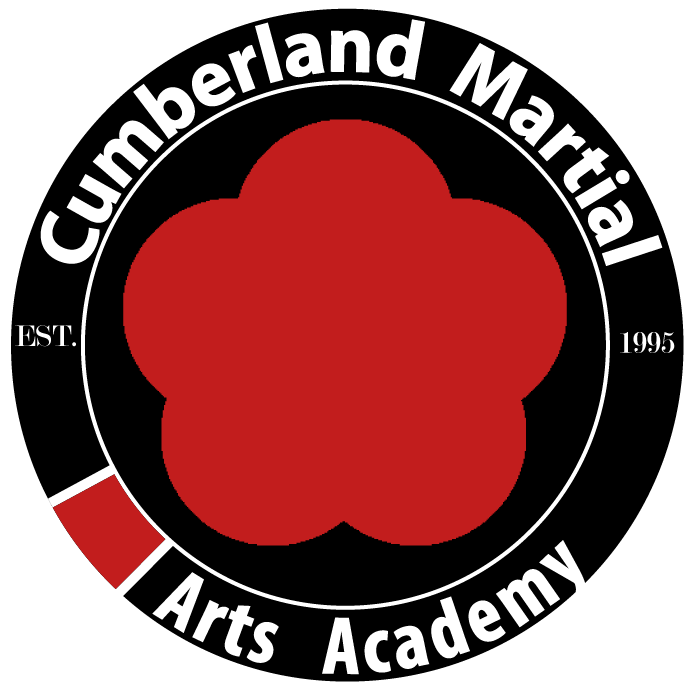With all the different training methods out there, combative martial arts, reality based martial arts, traditional martial arts to name a few types, I thought it might be useful to identify the different training areas within them and define what they are targeting to develop.
The following exercises and drills are covered in most martial arts, but not necessarily by all. This list, is in no way absolute, it is simply a list that defines the exercise or drill and explains it purpose. Some martial arts will use some of the listed exercises and drills, some may even use them all, this should not reflect on the martial art but guide the student in understanding the intent behind the drill as to not loose sight of the goal.
Exercises and drills of martial arts:
- Forms: A means of recording techniques, applications, options and solutions to problems. They will support and identify core concepts and principles and can also contain conditioning and habit retention training. Movements are done in solo practice and may maintain an intrinsic value.
- Application: Using techniques from the forms and applying them against a live cooperative partner. A means of teaching options and possibilities contained within a given form. Meant to pair with forms in order to support each other and give meaning to solo forms practice.
- Flow drills: Arranged motions from forms and applications meant to create auto-responses. Can be performed in a pre-arranged sequence or live. For best results flow drills should be performed with a resisting partner, not a cooperative one! This will provide the ability to quantify the legitimacy of the application.
- Basic drills: Meant to identify the intrinsic value of a technique. Body feel, fluidity and sensitivity as well as position and alignment. Can be drilled as techniques, responses or positions. Usually a cornerstone of the martial art.
- Stepping drills: Meant to identify leverage, balance, weight distribution as well as body alignment and timing.
- Pad drills and Heavy bag: Meant to allow an individual to practice strikes at full power and accuracy. To develop combinations, strategies, defensive and offensive maneuvers.
- Free sparring: Meant to practice and fine tune proper application of techniques and tactics in a live environment against a non-cooperative partner.
- Focused sparring: A way of practicing techniques against a live resisting partner in a specific skill set or range. i.e. Throws/Takedowns, strikes, grappling and or bridge control. Can combine ranges in order to create transitioning between ranges.
- Body hardening and conditioning: Method of preparing the individual for the rigors of combat.
- Strength and stamina: A way of preparing and maintaining an individual’s physical attributes and fitness.
The above list contains the most common exercises and drills that end up enhancing the 5 intrinsic attributes:
- Timing.
- Coordination.
- Relaxation.
- Balance.
- Sensitivity.
As well as the 3 physical attributes:
- Agility.
- Speed.
- Strength.
All of which make for a complete martial arts training package.
Robert Teske

Recent Comments